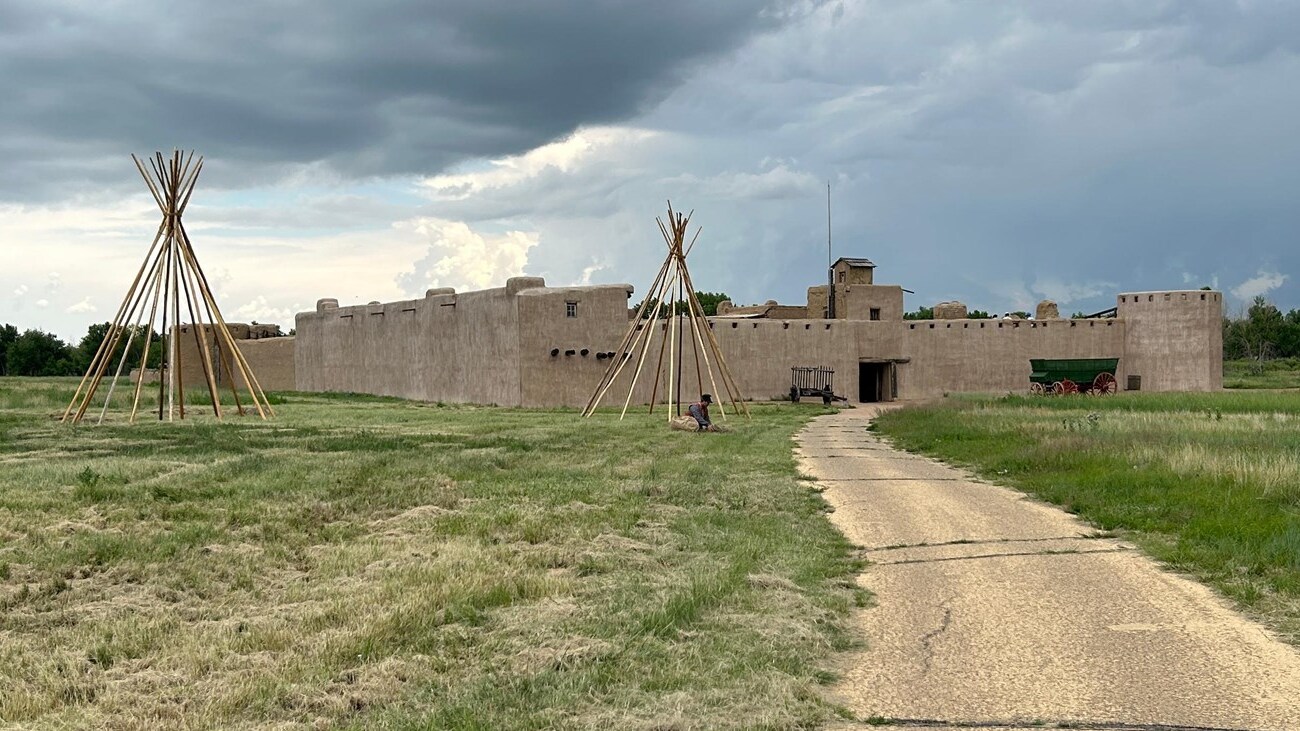Lost Trading Posts Of Colorado’s Bent’s Fort

Imagine stepping back in time to the 1800s, where Bent's Fort stood as a bustling hub for traders, trappers, and Native Americans. Located in southeastern Colorado, this historic site was more than just a trading post; it was a melting pot of cultures and commerce. People from various backgrounds gathered here to trade goods like buffalo robes, beads, and tools. The fort played a crucial role in the Santa Fe Trail, serving as a vital stop for travelers and traders alike. Today, Bent's Fort is a fascinating glimpse into the past, offering visitors a chance to walk through history. Explore the reconstructed adobe fort, learn about the lives of those who lived and worked there, and experience the rich history that shaped the American West. Whether you're a history buff or just curious, Bent's Fort offers a unique window into a bygone era.
The Historical Significance of Bent's Fort
Bent's Fort, a trading post on the Santa Fe Trail, played a crucial role in the 19th century. It was a hub for traders, trappers, and travelers. This fort was a melting pot of cultures and commerce, where people exchanged goods and stories. Let's explore some lost trading posts that were once part of this vibrant network.
1. Fort St. Vrain
Fort St. Vrain was a bustling trading post located near present-day Platteville, Colorado. Established in the 1830s, it served as a key location for fur traders and Native American tribes. The fort was named after Ceran St. Vrain, a prominent trader. Though it no longer stands, its legacy lives on in the stories of those who passed through its gates.
2. Fort Vasquez
Built in 1835 by Louis Vasquez and Andrew Sublette, Fort Vasquez was a significant trading post along the South Platte River. It was a place where trappers and traders gathered to exchange furs and supplies. Today, a museum stands on the site, offering a glimpse into the fort's past and the lives of those who worked there.
3. Fort Lupton
Fort Lupton, established in 1836 by Lancaster Lupton, was another vital trading post in Colorado. Located near the confluence of the South Platte and St. Vrain Rivers, it was a center for trade with Native American tribes. The fort's adobe walls have been reconstructed, allowing visitors to step back in time and experience the history of this once-thriving post.
4. Fort Jackson
Fort Jackson, a lesser-known trading post, was built in 1837 by Peter Sarpy and Henry Fraeb. Situated near the South Platte River, it competed with nearby Fort Vasquez for trade. Though it was short-lived, Fort Jackson played a role in the fur trade era, contributing to the economic development of the region.
5. Fort Pueblo
Fort Pueblo, established in 1842, was a trading post that later became a settlement. Located at the confluence of the Arkansas River and Fountain Creek, it was a gathering place for traders, settlers, and Native Americans. The fort's history is marked by its transformation from a trading post to a community, reflecting the changing dynamics of the region.
6. Fort Garland
Fort Garland, built in 1858, served as a military post rather than a trading post. However, its strategic location in the San Luis Valley made it an important site for trade and interaction with Native American tribes. The fort's preserved buildings offer a window into the past, showcasing the military and trade history of the area.
7. Fort Massachusetts
Before Fort Garland, there was Fort Massachusetts, constructed in 1852. It was the first military post in the San Luis Valley and played a role in protecting settlers and traders. Though it was eventually abandoned, its remains remind us of the challenges faced by those who ventured into the frontier.
8. Fort Uncompahgre
Fort Uncompahgre, established in 1828, was a fur trading post located near present-day Delta, Colorado. It was a place where trappers and Native Americans exchanged goods, fostering relationships and commerce. A replica of the fort now stands, offering visitors a chance to learn about the fur trade era and the people who lived it.
Rediscovering Bent's Fort's Legacy
Bent's Fort stands as a symbol of Colorado's rich history. This trading post was more than just a place for commerce; it was a cultural crossroads where diverse groups met, traded, and shared stories. The fort's strategic location on the Santa Fe Trail made it a vital hub for traders, trappers, and travelers. Today, visiting Bent's Fort offers a glimpse into the past, allowing us to appreciate the interactions and exchanges that shaped the region. Exploring its reconstructed walls and learning about its history provides a deeper understanding of the complex relationships between Native Americans, Mexicans, and American settlers. As we reflect on Bent's Fort, we recognize its role in shaping the cultural landscape of the American West. This historic site invites us to appreciate the diversity and resilience of those who passed through its gates.

